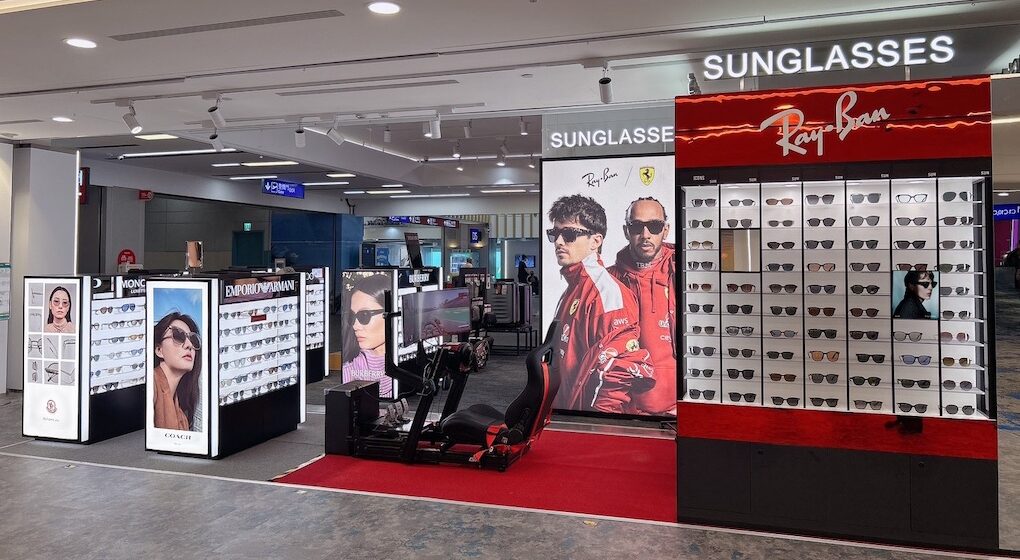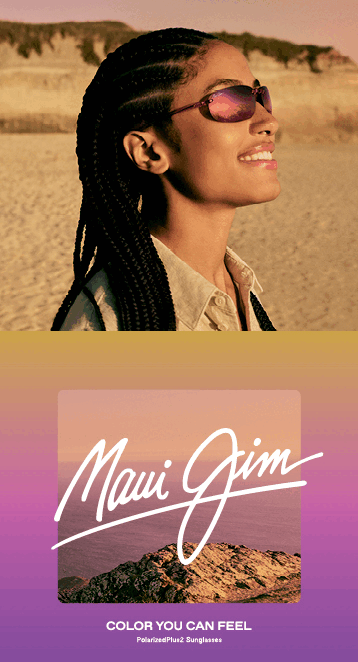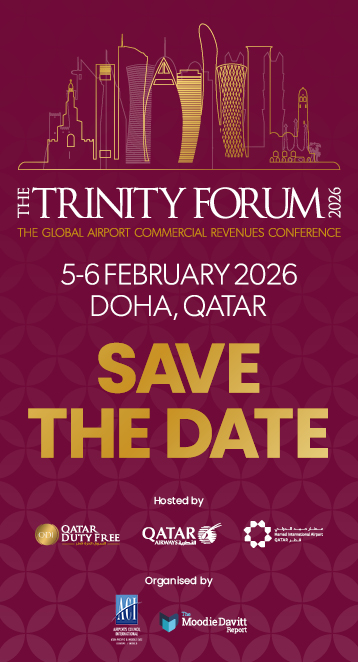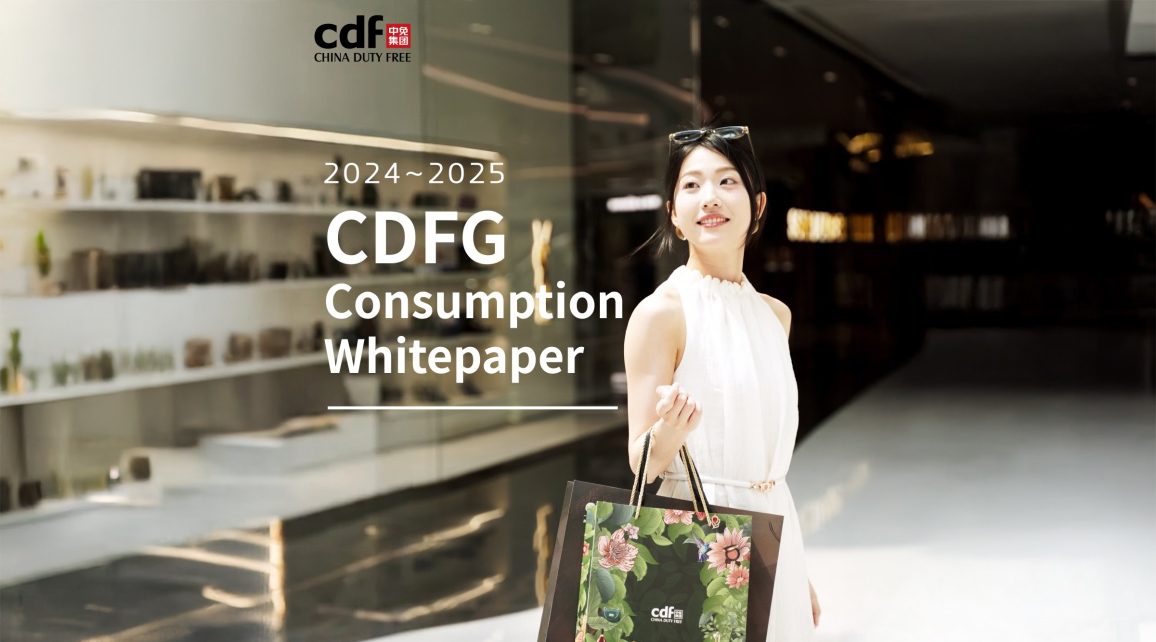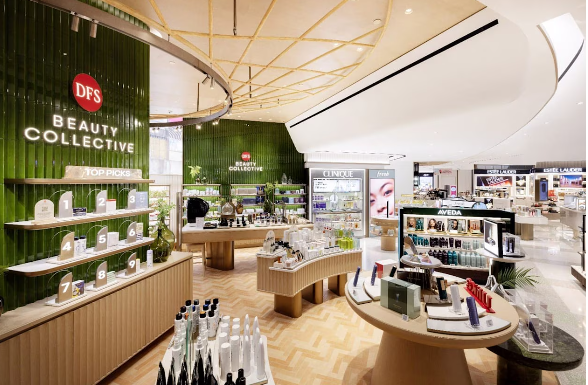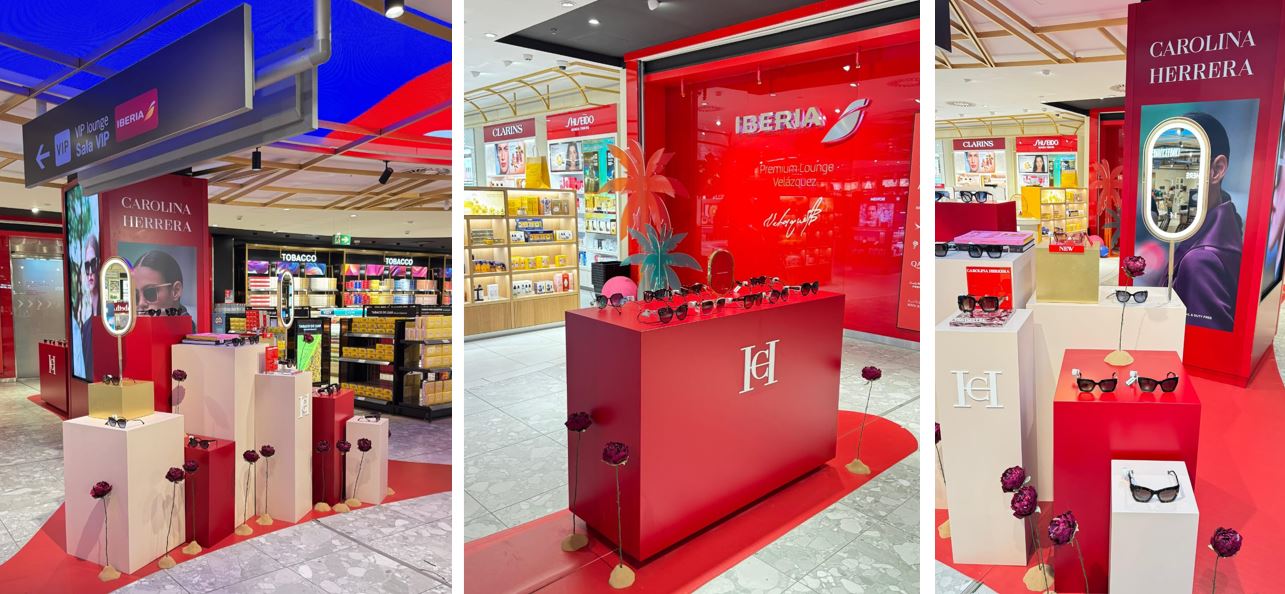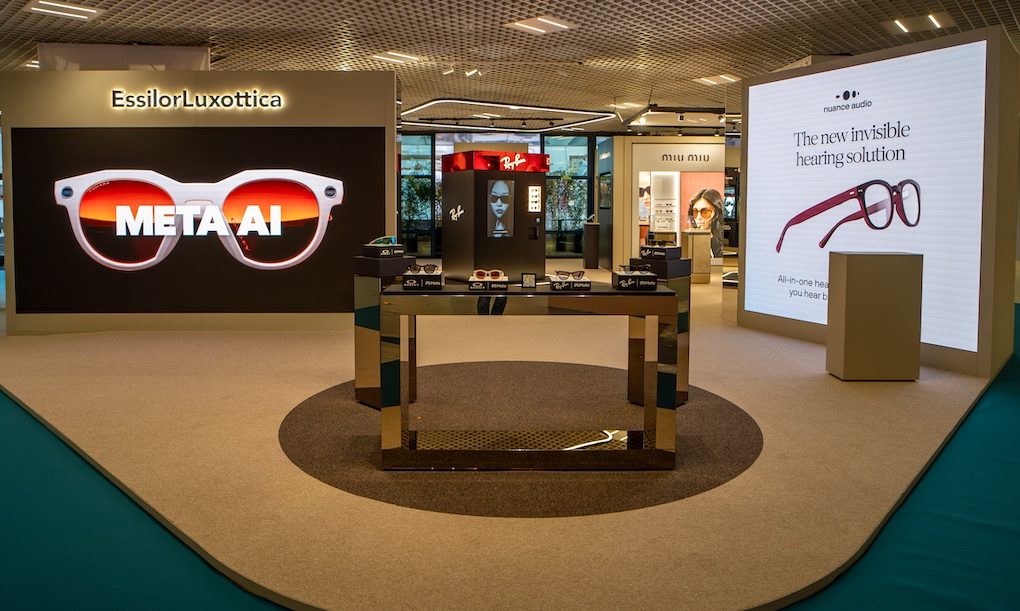
EssilorLuxottica showcased its latest fashion and med-tech innovations at the recent TFWA World Exhibition in Cannes.
Persol showcased hand-made Italian frames, while Prada, Miu Miu and Versace presented their latest styles, which exemplified how runway trends translate to eyewear.
Oakley Meta was a focal point of EssilorLuxottica’s Cannes presence. Developed in partnership with Meta, the platform combines Oakley’s performance-driven DNA with the technology company’s digital ecosystem merging style, connectivity and artificial intelligence.
The group also exhibited the latest developments with Nuance Audio, a technology that integrates sound solutions directly into premium eyewear. Nuance Audio reimagines assistive hearing devices as lifestyle accessories and underlines EssilorLuxottica’s growing presence in the med-tech sector.
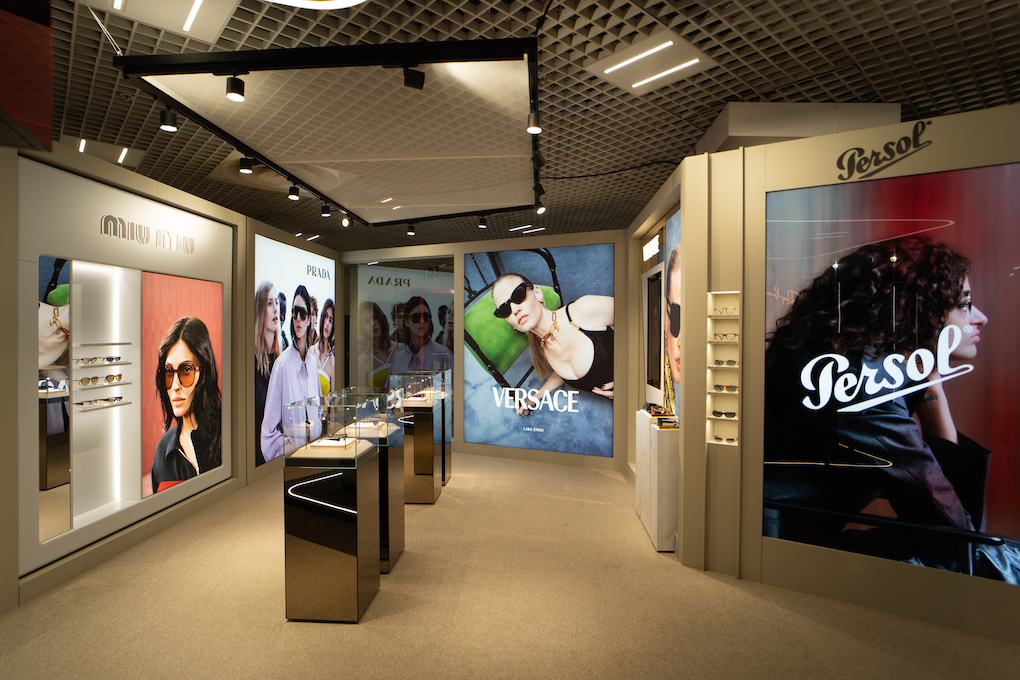
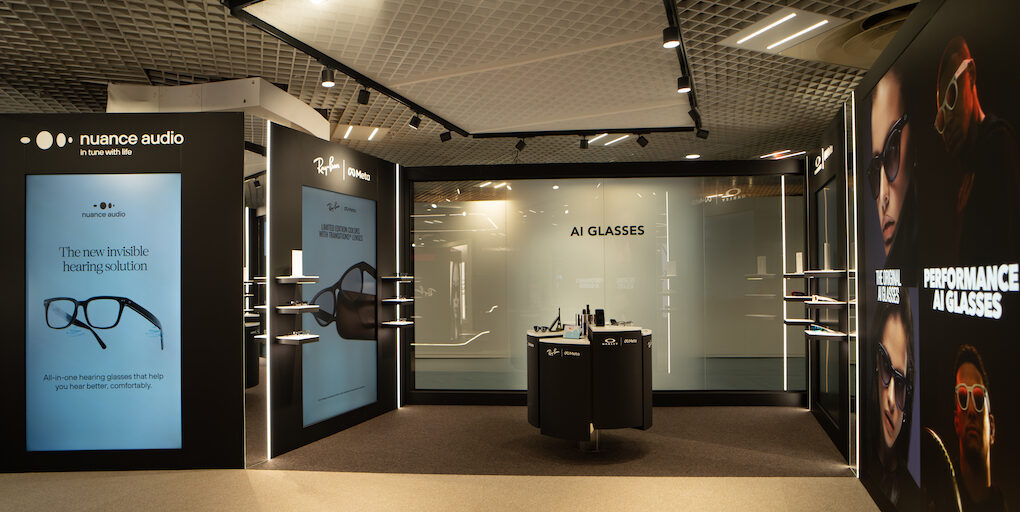
In addition, EssilorLuxottica debuted the Ray-Ban Automated Retail Solution prototype; an interactive digital unit that offers an autonomous eyewear shopping experience.
The prototype embodied a data-led, experiential approach to self-guided retail, complementing human interaction while enabling 24/7 brand engagement across high-traffic travel environments.
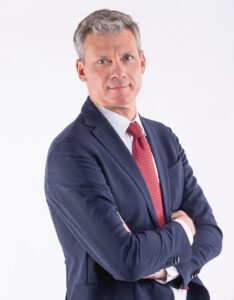
At the Cannes show, EssilorLuxottica Managing Director Global Travel Retail Alessio Crivelli, recently appointed as TFWA Vice-President Marketing, spoke with The Moodie Davitt Report to discuss how the company’s evolution from a fashion-driven eyewear business to a med-tech powerhouse is reshaping its strategy across channels.
The Moodie Davitt Report: In recent years, EssilorLuxottica has increased investments in med-tech from Ray-Ban Meta to Nuance Audio. Can you elaborate on what that means for the business today?
Alessio Crivelli: Our mission has always been to help people see better. As our CEO Francesco Milleri often says, EssilorLuxottica is not just an eyewear company – we are a med-tech company. That represents a significant evolution from our origins in fashion and eyewear. Of course, our licensed brands and fashion products remain essential – they deliver strong results and drive desirability. But another side of our business is deeply rooted in instruments and optical technology.
Our innovation is not limited to products. We’re also exploring new business models and platforms, such as automatic retail solutions and AI-powered glasses that are connected to retail experiences that enhance both functionality and engagement. It’s about reimagining what eyewear can do and how we deliver it to the traveller.
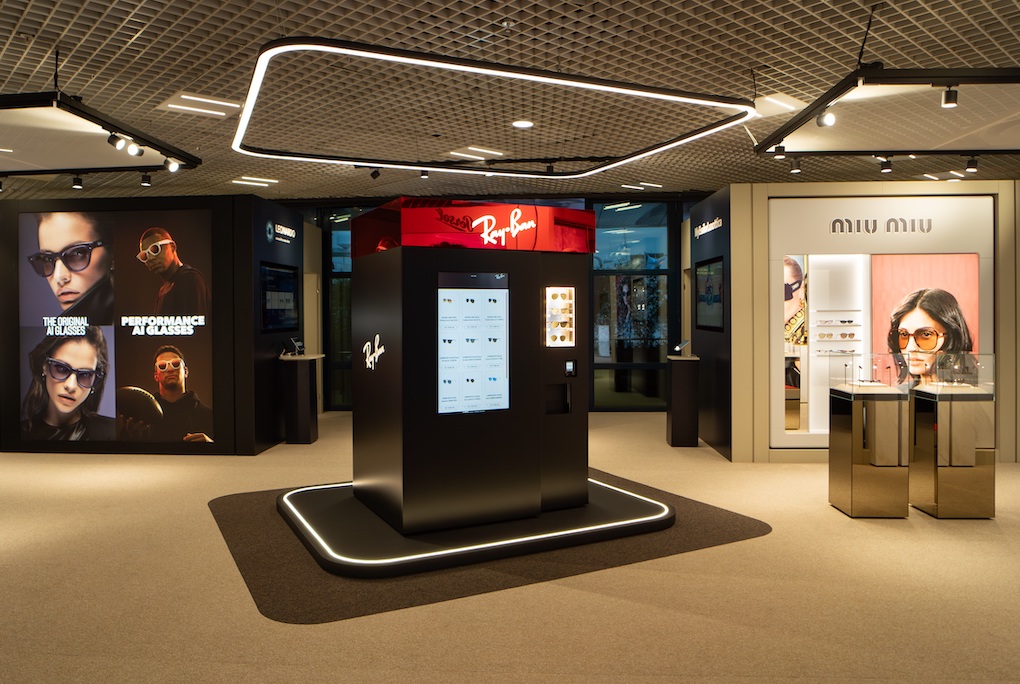
How do you currently balance the fashion and med-tech sides of the business?
It’s difficult to define an exact split because the med-tech perimeter is quite broad. Roughly speaking, half of our business is direct-to-consumer, through retail and ecommerce, while the other half is what we call ‘Professional Solutions’, which serves opticians and wholesalers. Both divisions cover optical and sun categories.
The med-tech component guides our focus on innovation and technology. This is not only through partnerships like Meta and AI glasses, but also in developing diagnostic tools that help identify eye issues or software that supports opticians remotely. While I’m not an expert on the technical side, the ethos is clear: we want to improve vision health through technology.
What was the strategic thinking behind this shift towards a med-tech identity?
It was a natural progression following the merger between Luxottica and Essilor. Luxottica was known for eyewear and Essilor for lenses and optical instruments; bringing the two together allowed us to create a unique value proposition, offering consumers a complete eyewear pairing – fashionable sunglasses with high-tech lenses.
Our CEO envisioned this integration long before it happened. Of course, combining two large organisations has not been easy, but today we’re operating at full speed. The integration enables us to innovate faster and develop new categories, such as AI-powered eyewear.
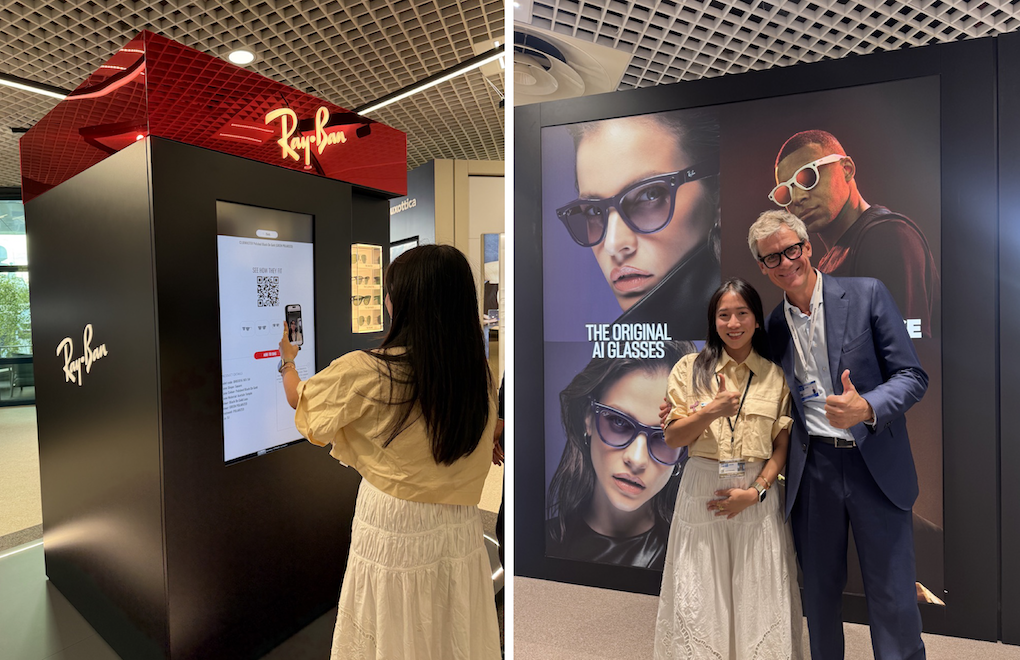
There has been a shift in how sunglasses are presented in stores – moving away from static ‘walls of sunglasses’ towards more experiential and qualitative spaces. How do you see this progressing for EssilorLuxottica and the wider category?
Absolutely. It’s not just us; the whole category is evolving. Players across the industry, including Kering Eyewear and others, are investing heavily to elevate the in-store experience. Everyone is bringing their own approach, but collectively we’re showing retailers that sunglasses deserve greater visibility and space. The results speak for themselves.
I still believe the category is underweighted compared to other luxury segments. Of course, eyewear performance is often influenced by the broader retail context. When other categories are under pressure, overall caution can impact purchasing behaviour. But sunglasses remain a strong entry point into luxury and will always be an important category in travel retail.
In the channel, we focus primarily on the sun category, but we’re also testing the optical side. For example, we’ve teamed up with Paul & Shark and Qatar Duty Free to develop an in-store lab where travellers, and even airport staff, can undergo an eye exam and receive a complete prescription pair within 30 minutes. The lab cuts and fits lenses on-site. It’s an exciting test that aligns perfectly with our med-tech vision.

Can you share some insights on the category’s recent performance in the channel and your wider outlook for the future?
Eyewear has always been a resilient category, but after COVID-19 it proved even stronger. I’ve been in travel retail since 2002, and this category consistently delivers. Sunglasses are relatively easy to merchandise and sell, provided operations, logistics and supply chain are well-organised. Once that foundation is in place, the products perform.
Everyone wears sunglasses – they’re universal. During times of uncertainty, people may not buy a handbag or a watch, but they’ll treat themselves to a pair of sunglasses. It’s an accessible luxury that brings joy and style.
I believe eyewear will continue to be a growth driver, which is why brands need to secure more space in-store. I believe the category represents the future of affordable luxury in travel retail. ✈
